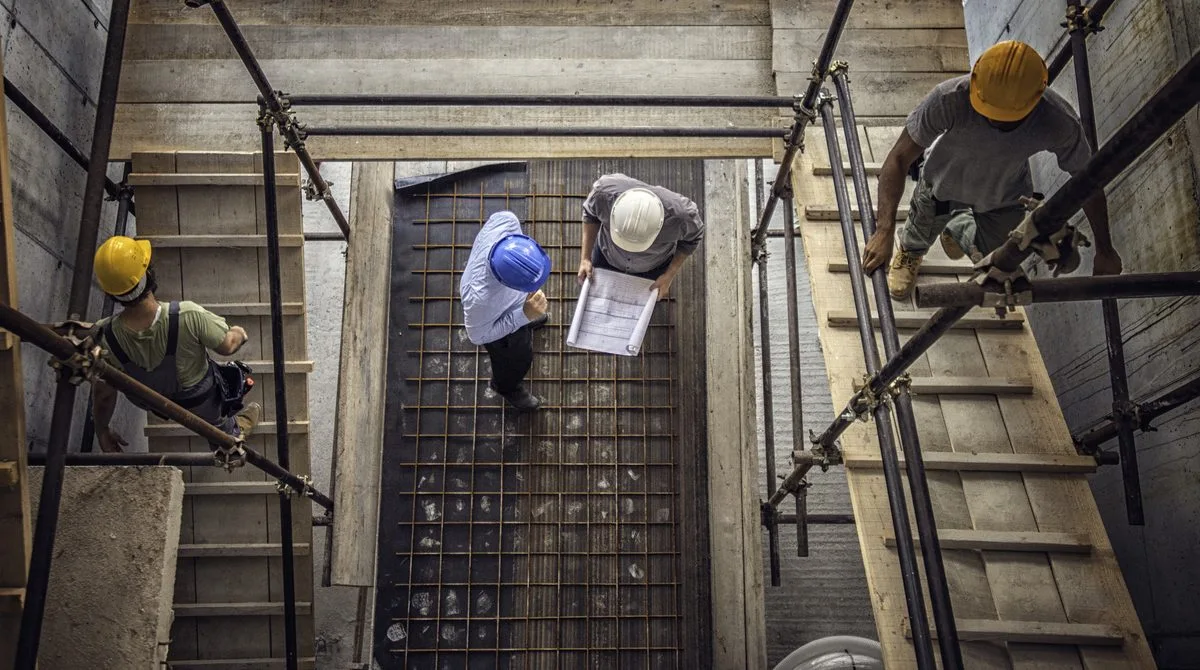When it comes to building or renovating a commercial or residential space, it’s easy to get caught up in the allure of high-end finishes and luxury materials. Fancy electronic-controlled toilets, custom doors, and cutting-edge technology may seem like great ways to impress, but these choices can quickly lead to increased costs and maintenance headaches down the road. Instead of focusing on expensive thrills, consider how investing in longevity and quality where it matters most can provide more value in the long run. Here are five key factors to consider when balancing cost and durability.
1. Focus on High-Quality, Low-Maintenance Plumbing
While sleek, high-tech, electronic toilets may look impressive, they come with a hefty price tag and often require more maintenance. They are also prone to breaking down over time and may not stand the test of longevity. Instead, investing in high-quality, mechanical toilets can provide the same functionality without the costly repair bills. Simple, durable plumbing fixtures—especially those in high-traffic areas—will go a long way in ensuring that your system remains functional for years. Quality piping, connections, and faucets may cost more upfront, but they save you from constant repairs and replacements.
2. Basic, Durable Doors Over Expensive Custom Ones
The doors in your space should be functional, durable, and secure. While custom or luxury doors might be tempting, they can be a waste of money if they don’t add value to your space. Basic hard doors, such as solid-core or commercial-grade models, can provide all the security and function you need, often at a fraction of the cost. Focus on choosing doors that will last, are easy to maintain, and blend well with your overall design. You can always add a touch of luxury elsewhere in your space where it makes a more visible impact.
3. Invest in High-Quality Electrical Systems
Electrical systems are one area where quality should never be compromised. Outdated or subpar wiring, panels, or switches can be dangerous, costly, and cause significant issues over time. Instead of splurging on extravagant electrical features, invest in a high-quality, durable electrical system. Choose reputable, energy-efficient lighting, wiring, and outlets that will function flawlessly for years without frequent upgrades or maintenance. A solid electrical foundation is key to the longevity and safety of your space.
4. Prioritize Structural Integrity Over Frivolous Features
When considering materials and finishes, think about what will actually add long -term value and what is simply a passing trend. Structural elements such as flooring, walls, and ceilings should be built with materials that are not only durable but also cost-effective. Avoid unnecessary upgrades in areas that won’t offer lasting benefits. For example, focus on solid, reliable flooring like high -quality tile or concrete that can stand up to heavy foot traffic. You’ll get better value over time compared to opting for luxury finishes that are high-maintenance and easy to damage.
5. Where to Save: Non-Essential Features
While adding modern tech gadgets like automatic soap dispensers or electronic flushing toilets may provide a wow factor, they come with added costs and ongoing maintenance. These non -essential features might give your space a futuristic feel, but they can easily be replaced or repaired when they break. Save money by opting for manual versions that are reliable, functional, and less expensive to maintain. By focusing your budget on high-quality, essential materials—such as durable flooring, plumbing, electrical, and HVAC systems—you create a lasting, value-driven environment that won’t need frequent replacements or costly fixes.
By shifting your focus from extravagant finishes to investments in the elements that matter most — structural integrity, quality plumbing, and durable electrical systems—you’ll not only save money but create a space that stands the test of time. Choose where to splurge wisely, and always prioritize longevity over unnecessary thrills that could come back to haunt you in maintenance costs down the road.

